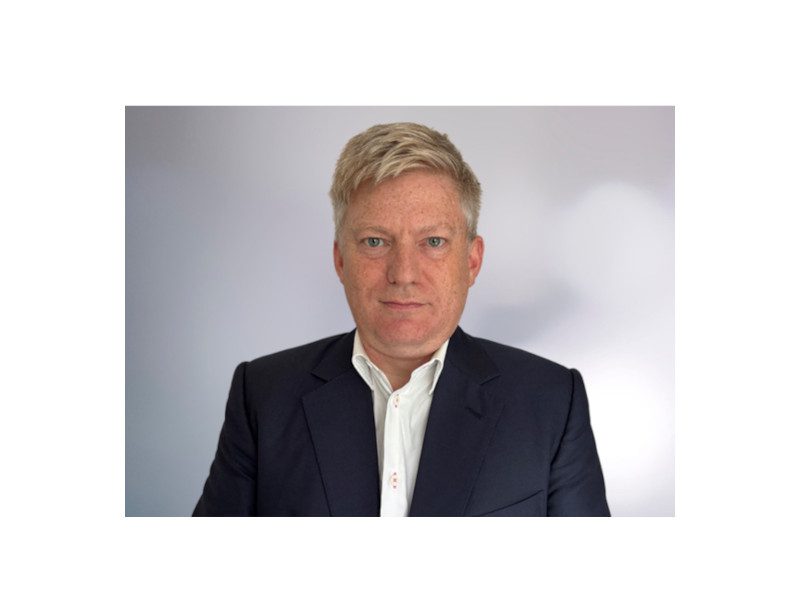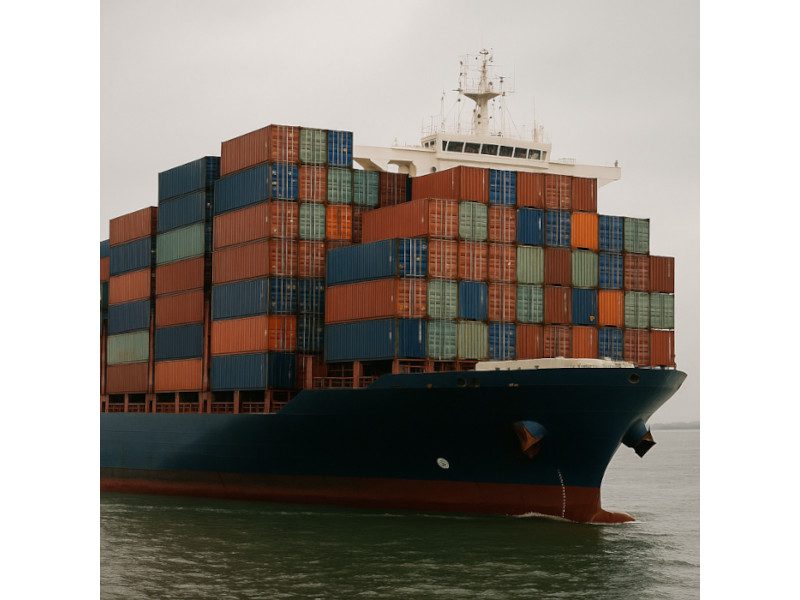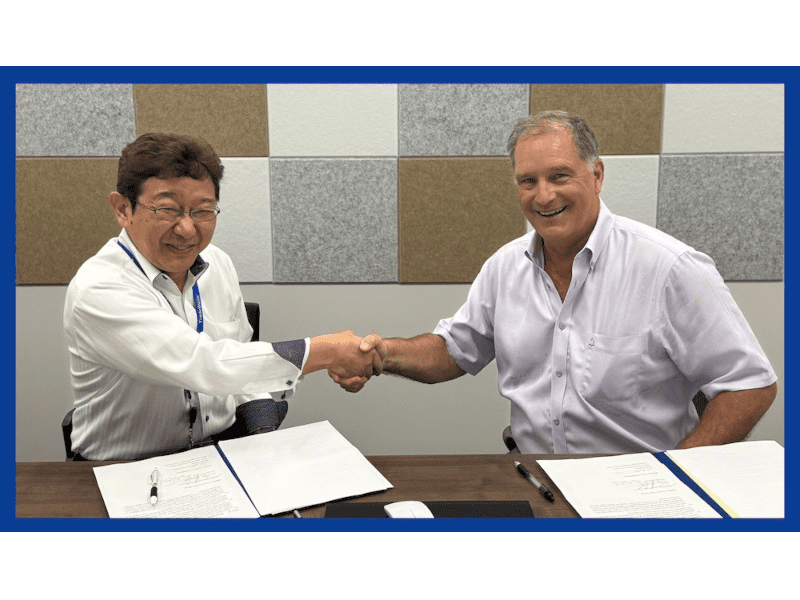Global and regional changes in the transport and logistics sector are a major challenge for companies operating in the sector – they need to be flexible and able to adapt to new conditions, while remaining competitive, keeping their financial performance up, and considering new growth opportunities. The Latvian railway system’s freight throughput is up to 73 million tons, however, as the situation changes, the demand for such high capacity indicators has decreased and the industry had to revise the current operations and develop a new business model according to customer needs and railway infrastructure utilization.
During the first six months of this year, SJSC Latvijas Dzelzceļš (Latvian Railways) Board and management team were actively working on solving the current financial situation, optimizing costs and enhancing the overall efficiency of the company, as well as paying special attention to matters related to the future development of LDz – development of a new business model and planning further development of rail passenger infrastructure.
Need for a new business model
Although the amount of freight transportation through LDz infrastructure has been fluctuating every year, in 2019 it dropped to the lowest level during the past decades, substantially reducing the company’s income, affecting the company’s financial situation and posing a significant threat to the company’s overall stability. These same freight transport trends continued in the first half of 2020 and, given the current geopolitical trends and the declining demand of fossil fuels in Europe, the volumes of the most frequently shipped goods – coal and oil products – are not likely to recover in the coming years.
Māris Kleinbergs, Chairman of the Board at SJSC Latvijas Dzelzceļš, explains: “Taking into consideration the current freight transportation volumes and future projections, it was clear that, in order to ensure the company’s operations and stabilize the financial situation, it is necessary to make important decisions related to changes in technological processes and cost reduction, while paying special attention to developing a new business model.”
“The new business model was developed based on the idea that, by expanding into new markets and developing new, competitive services with high added value, it is possible to partly and gradually replace the declining transit flows of fossil fuels through Latvia with other types of freight, even though we are aware that the new types of freight will not restore freight transport volumes to the former amounts. That is why, when the new LDz business model was being developed, both the constant cost optimization and the ability to flexibly adapt to the changing transportation market conditions, as well as providing new added value to the existing and prospective LDz customers were always kept in mind,” Māris Kleinbergs points out.
The new business model of Latvijas Dzelzceļš – wide range of logistics services and high added value for LDz customers
During the development of the new LDz business model, the business models of railway companies in other countries were analyzed and talks were held with international partners, representatives of Latvian ports and terminals, and other cooperation partners who jointly form the Latvian transport corridor and are interested in its efficient and competitive operation.
SJSC Latvijas Dzelzceļš Board Chairman Māris Kleinbergs explains: “In today’s fast-changing global world, strong competitiveness is often achieved and maintained not by niche players, but by companies that are able to provide a wide range of services in their industry, while offering their customers high added value and a broad range of choices. Currently, Latvijas Dzelzceļš provides a relatively narrow range of services – use of railway infrastructure, rolling stock rental and forwarding services. In accordance with the new business model, we are planning to significantly expand the range of these services, and Latvijas Dzelzceļš will become a full-scale provider of third-party logistics or 3PL services.”
“Although the new business model of Latvijas dzelzceļš is based on those assets that we already have at our disposal – quality infrastructure, competent team and many years of experience, we still need to significantly expand our scope of activities by developing forwarding operations, incl. sea forwarding, road transport forwarding, warehousing services, etc. Of course, these plans may sound ambitious at the moment, but I am convinced that our expertise, maintenance supplies and healthy ambitions will serve as a solid basis for future development and progress towards our objectives. Certainly, the hardest work is still ahead, and in the process of implementing the new business plan, strengthening cooperation with other players in the transport sector – ports, terminals, etc. – will be very important,” emphasizes Latvijas Dzelzceļš Board Chairman Māris Kleinbergs.
Work is still continuing on a new strategy of SJSC Latvijas Dzelzceļš in accordance with the new business model, assessment of Latvijas Dzelzceļš Group governance model, plan for implementation of the new business model, and planning of other related activities.
In the future, along with gradual implementation of the new business model, special emphasis will be placed on constantly promoting the efficiency of LDz operations, well-thought-out use of human resources and material and technical supplies, and cost reduction, while ensuring that railway infrastructure meet all the safety requirements.
A new step promoting passenger transport by rail – 48 modernized stations and stops
Along with the measures to promote operational efficiency and the development of a new business model, investment plans have been thoroughly revised. In the first seven months of this year, a lot of work has been done to prepare a large-scale project that will be a new step promoting passenger mobility in Latvia – modernization and construction of 48 train stations and stops.
SJSC Latvijas Dzelzceļš Board Chairman Māris Kleinbergs explains: “Modern, safe and efficient railway infrastructure is one of the main priorities of LDz, and our goal is to promote, together with other stakeholders, passenger mobility in Latvia. Passenger transport by rail has become increasingly popular in recent years, and I am convinced that modernization of another 48 train stations and stops will contribute greatly to the further development of this trend.”
During the project, passenger infrastructure will be fully modernized on the following electrified lines: Riga – Tukums II, Riga – Skulte, Riga – Krustpils and Riga – Jelgava. Furthermore, new train stations will be built on Silikātu Street and Slokas Street (Torņakalns – Bolderāja line), as will be Dauderi station (Zemitāni – Sloka line) and Alfa (Riga – Cēsis line).
“Our goal in embarking on this ambitious project is to promote a truly positive railway experience for every passenger. The new passenger platforms will be designed with different groups of people in mind, including young parents and people with special needs. Of course, in order to ensure the most comfortable and safe transport experience, the existing and planned local government infrastructure development is also important, but all LDz infrastructure being modernized already at this time will have tactile guides for people with special needs, and I hope that this will also prompt local governments to bring order to areas adjacent to the railway infrastructure,” says Māris Kleinbergs.
For the first time in the history of Latvijas Dzelzceļš – guidelines on unified visual identity of passenger infrastructure
In developing this passenger infrastructure modernization project, special attention was paid not only to the functionality of passenger infrastructure to be modernized, but also to its visual identity.
LDz Chairman of the Board Māris Kleinbergs says: “The development of railways in Latvia has been multi-dimensional and one could say that the railway infrastructure has reflected various political transitions and fashion trends for many decades. When considering further development of the railway infrastructure in Latvia, it is important for us to make it not only safe and of high quality, but also visually modern. And that is why, for the first time in the history of railways in Latvia, guidelines on visual identity of passenger infrastructure were developed, which will be implemented at the stations we will build or modernize, creating a unified visual image of Latvian railway infrastructure, as well as providing a visually unified and comfortable experience for all railway passengers.”
During the work on the guidelines on visual appearance of LDZ passenger infrastructure, the visual identity of the planned Rail Baltica passenger infrastructure was also taken into account, borrowing the design of the train station’s roof with a few visual modifications.
In the coming weeks, bids will be invited for the design and construction of the 48 stations and stops, and it is currently planned that modernization of these stations will be completed by the end of 2023. In defining the scope of the project, LDz has been closely and productively cooperating with the Ministry of Transport, the Road Transport Administration, JSC Pasažieru Vilciens, local governments, as well as urban environment and transport industry experts.
Share this post on Twitter or LinkedIn.
See more news here.







